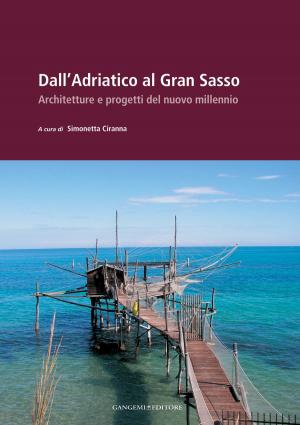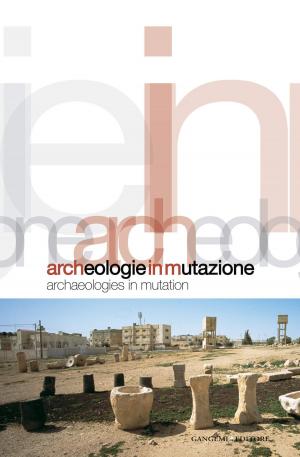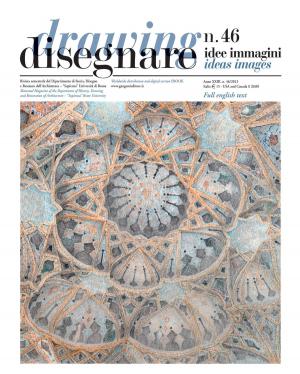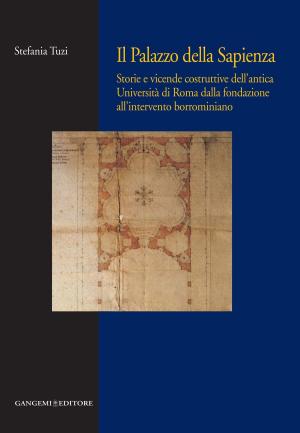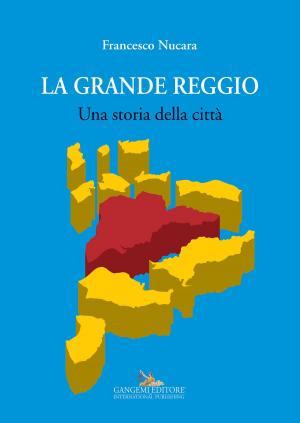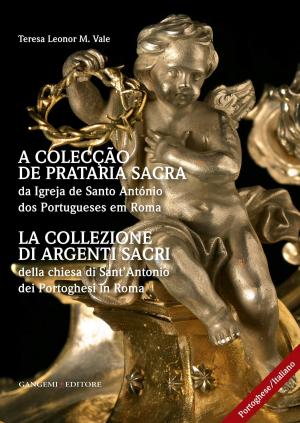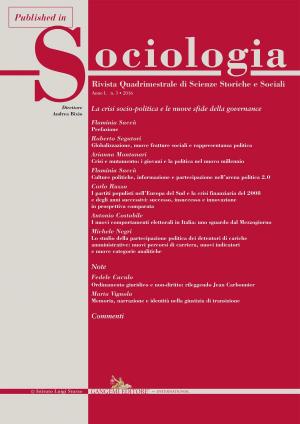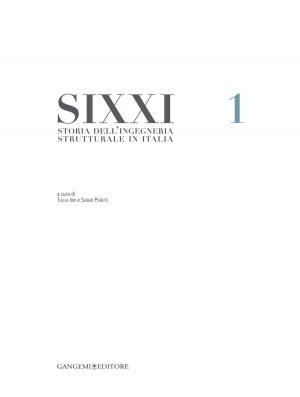A “Flame and Frond” ivory plaque from the Neo-Hittite excavations at Arslantepe/Melid. Regionalisms and communities in Iron Age Anatolia
Published in Origini n. XLI/2018. Rivista annuale del Dipartimento di Scienze dell’Antichità – “Sapienza” Università di Roma | Preistoria e protostoria delle civiltà antiche – Prehistory and protohistory of ancient civilizations
Nonfiction, Social & Cultural Studies, Social Science, Archaeology, Anthropology| Author: | Federico Manuelli, Holly Pittman | ISBN: | 9788849243796 |
| Publisher: | Gangemi Editore | Publication: | April 17, 2019 |
| Imprint: | Gangemi Editore | Language: | English |
| Author: | Federico Manuelli, Holly Pittman |
| ISBN: | 9788849243796 |
| Publisher: | Gangemi Editore |
| Publication: | April 17, 2019 |
| Imprint: | Gangemi Editore |
| Language: | English |
This paper presents a new outstanding discovery from 2016 at the site of Arslantepe (Malatya, SE Turkey), a finely made ivory plaque found in an Iron Age context approximately dated at the beginning of the 8th century BCE. The object belongs to the well-known “Flame and Frond” ivory carving school and its discovery at Arslantepe suggests intriguing cross-cultural relationships with the Levantine and northern Mesopotamian worlds. The article describes and discusses the new find within the corpus of the 1st millennium BCE Near Eastern production of ivory and luxury goods. It aims at evaluating innovative aspects of intercultural communication as well as the legacy of ancient traditions in the formation of the new artistic trends at Arslantepe and within the flourishing of the Iron Age societies. | L’articolo presenta una nuova ed importante scoperta avvenuta nel 2016 nel sito di Arslantepe (Malatya, Turchia SO). Si tratta di una placchetta d’avorio finemente realizzata e proveniente da un contesto dell’Età del Ferro, datato grossomodo all’inizio del VIII secolo a.C. L’oggetto appartiene alla famosa scuola eburnea denominata “Flame and Frond”, e la sua presenza ad Arslantepe suggerisce affascinanti relazioni culturali con il Levante e la Mesopotamia settentrionale. L’articolo descrive e discute il nuovo ritrovamento nel contesto degli avori e degli oggetti di lusso vicino orientali del I millennio a.C. L’obiettivo è di esaminare gli aspetti innovativi di scambio interculturale così come il retaggio lasciato dalle più antiche tradizioni nella formazione delle nuove tendenze artistiche ad Arslantepe e nell’ambito dell’evoluzione delle rigogliose società dell’Età del Ferro.
This paper presents a new outstanding discovery from 2016 at the site of Arslantepe (Malatya, SE Turkey), a finely made ivory plaque found in an Iron Age context approximately dated at the beginning of the 8th century BCE. The object belongs to the well-known “Flame and Frond” ivory carving school and its discovery at Arslantepe suggests intriguing cross-cultural relationships with the Levantine and northern Mesopotamian worlds. The article describes and discusses the new find within the corpus of the 1st millennium BCE Near Eastern production of ivory and luxury goods. It aims at evaluating innovative aspects of intercultural communication as well as the legacy of ancient traditions in the formation of the new artistic trends at Arslantepe and within the flourishing of the Iron Age societies. | L’articolo presenta una nuova ed importante scoperta avvenuta nel 2016 nel sito di Arslantepe (Malatya, Turchia SO). Si tratta di una placchetta d’avorio finemente realizzata e proveniente da un contesto dell’Età del Ferro, datato grossomodo all’inizio del VIII secolo a.C. L’oggetto appartiene alla famosa scuola eburnea denominata “Flame and Frond”, e la sua presenza ad Arslantepe suggerisce affascinanti relazioni culturali con il Levante e la Mesopotamia settentrionale. L’articolo descrive e discute il nuovo ritrovamento nel contesto degli avori e degli oggetti di lusso vicino orientali del I millennio a.C. L’obiettivo è di esaminare gli aspetti innovativi di scambio interculturale così come il retaggio lasciato dalle più antiche tradizioni nella formazione delle nuove tendenze artistiche ad Arslantepe e nell’ambito dell’evoluzione delle rigogliose società dell’Età del Ferro.


